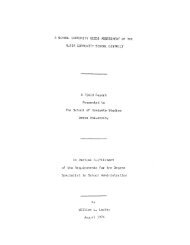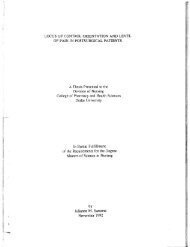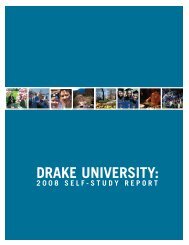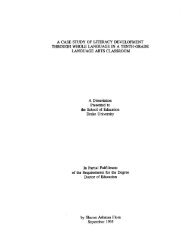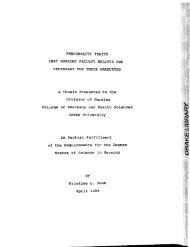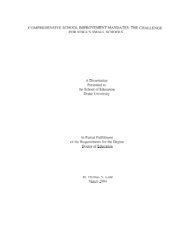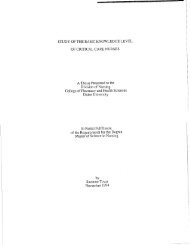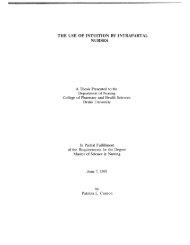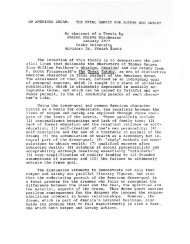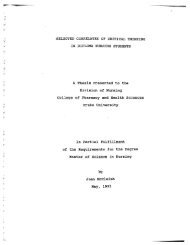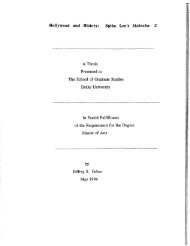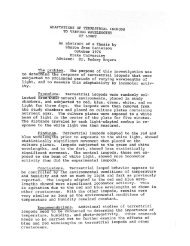LEADERSHIP CHARACTERISTICS OF ... - Drake University
LEADERSHIP CHARACTERISTICS OF ... - Drake University
LEADERSHIP CHARACTERISTICS OF ... - Drake University
Create successful ePaper yourself
Turn your PDF publications into a flip-book with our unique Google optimized e-Paper software.
Table 9<br />
Pearson's Correlation Coefficient Between MLQ Leadership Profile Area<br />
and Leadership Style<br />
CEO CEO CEO<br />
Leadership Style Profile Area Transformational Transactional Passive-<br />
N=58 Avoidant<br />
Transformational Idealized Influence<br />
- Attributed<br />
Transformational Idealized lnfluence<br />
- Behavior<br />
Transformational Inspirational<br />
Motivation<br />
Transformational Intellectual<br />
Stimulation<br />
Transformational Individual<br />
Consideration<br />
Transactional<br />
Contingent Reward<br />
Transactional<br />
Management by<br />
Exception-Active<br />
Passive-Avoidant Management by<br />
Exception-Passive<br />
Passive-Avoidant Laissez-Faire<br />
Outcome Measure Extra Effort<br />
Outcome Measure Effectiveness<br />
Outcome Measure Satisfaction<br />
* Correlation is significant at the 0.05 level (2-tailed).<br />
** Correlation is significant at the 0.01 level (2-tailed).<br />
An ANOVA was run to identify the variability within the rater groups.<br />
No significant differences were noted in how the various raters perceived<br />
the CEOs leadership work (Table 10). Most notably, there were no<br />
significant differences between how the CEOs rated themselves in various<br />
style, profile, and outcome areas compared with the ratings of the CEOs'<br />
peers, superiors, subordinates and unknowns.<br />
Table I 0<br />
Variability of MLQ Scores by Rater



